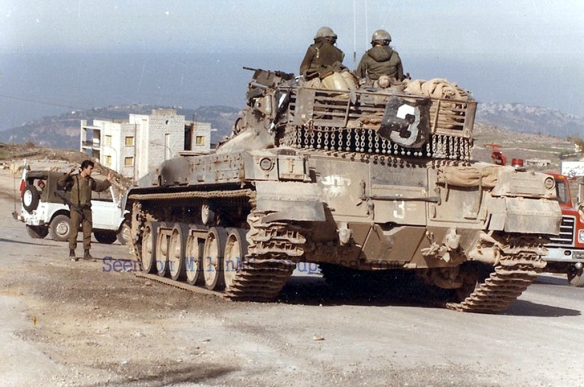
Instead of the PLO’s guerrilla campaign allowing them to push into the occupied territories, they found themselves pushed back into neighbouring territory, and in particular Lebanon, already a country deeply divided among Christians and Muslims. The more raids that were mounted from Lebanon, the more Israeli reprisals. Eventually the country erupted into a civil war which drew in both Syria and Israel. Israelis lent their support to the Christian Phalangists, who were concerned about the increasingly influential role of the PLO in Lebanon. In March 1978 the Israelis invaded with some 20,000 troops. They left in return for a UN peacekeeping force acting as a buffer between Israel and Lebanon. The UN was unsuccessful in this role, and in June 1982 Israeli forces moved into Lebanon, pushing the UN forces aside. The invasion soon moved beyond the initial objective of a limited security zone and aimed to expel the PLO from Lebanon. To give it a free run to Beirut, Israel moved to destroy Syrian air defences in the Bekaa Valley (by getting the defenders to turn on their radars using decoys so that their positions could be pinpointed and then attacked) and defeated Syrian armour in a battle. Israeli forces encircled Beirut, trapping 7,000 PLO fighters, who were allowed to leave the country peacefully in September.
The murder of President-elect Bashir Gemayel ruined the chances for internal peace within Lebanon. As a reprisal Christians massacred Palestinians in the refugee camps at Sabra and Chatilah. The Israelis failed to prevent this. This led the United States to become directly involved. Initially this was to help keep the peace, but it saw an opportunity to make a wider breakthrough and sponsored an agreement in May 1983 envisaging Israeli withdrawal from Lebanon in return for the normalization of relations between the two countries.